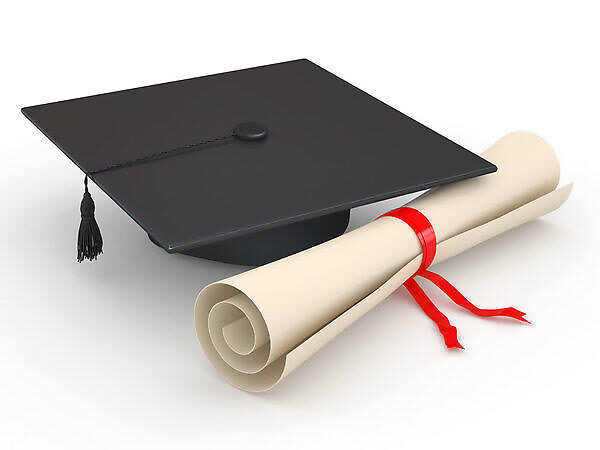[PhD Thesis Presentation] ‐ Mr. Hsieh-Fu Tsai "Analysis of glioma cell guidance and interaction in microfluidic-controlled microenvironments enabled by machine learning"

Date
Location
Description
Presenter: Mr. Hsieh-Fu Tsai
Supervisor: Prof. Amy Shen
Unit: Micro/Bio/Nanofluidics Unit
Title: Analysis of glioma cell guidance and interaction in microfluidic-controlled microenvironments enabled by machine learning
Anstract:
In biosystems, chemical and physical fields established by gradients are known to guide cell migration, which is a fundamental phenomenon underlying physiological as well as pathophysiological processes throughout the life cycle such as development, morphogenesis, and wound healing. Cells in the supportive tissue of the brain, glia, are electrically stimulated by the local field potentials from neuronal activities. How the electric field influence glial cells is yet fully understood. Furthermore, the cancer of glia, glioma, is not only the most common type of brain cancer, but the high-grade form of it (glioblastoma) is also aggressive with cells migrating into surrounding tissues (infiltration) and contribute to poor prognosis. In this thesis, I investigate how electric fields and chemical fields can affect the migration of glioblastoma cells in controlled microenvironment.
In part I of the thesis, I describe the engineered microsystems for studying glioblastoma migration and glioblastoma cancer biology. First, the physical and biochemical parameters of cell culture media are characterized for accurate simulation and physical control. Next, versatile microdevice fabrication and treatment methods are developed to create robust but flexible microsystems. Hybrid PMMA/PDMS microfabrication strategy is developed to create microdevices with advantages of streamlined workflow, reversible sealing, bubble-free, low cell consumption, and high experimental throughput. An open-source machine learning software, Usiigaci, is developed for semi-automated instance-aware segmentation, tracking, and data analysis of single cell migration under phase contrast microscopy, enabling high throughput label-free cell migration data analysis.
In part II, I present the studies of glioblastoma cancer biology in biomimetic tumor microenvironments. The glioblastoma cell electrotaxis, which is directional migration under electric field, is dependent of extracellular matrix and voltage gated calcium channels but no interaction with ligand-activated receptor signaling was found. Furthermore, the adhesion of glioblastoma cells to endothelium subjected to both shear flow and electric field is investigated in a quick-fit hybrid microdevice. In addition, the hypothetical role of the electrical stimulation in glioblastoma paracrine signaling is tested by studying the exosomal microRNA expression profiles by microarrays.
In conclusion, robust but flexible microsystems are employed for studying glioblastoma cancer biology with emphasis on cell migration. The microfluidic tools together with machine learning data analysis enable us to elucidate fundamental mechanisms in the field of tumor biology with high experimental throughput.
Intra-Group Category
Subscribe to the OIST Calendar: Right-click to download, then open in your calendar application.



